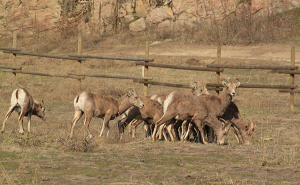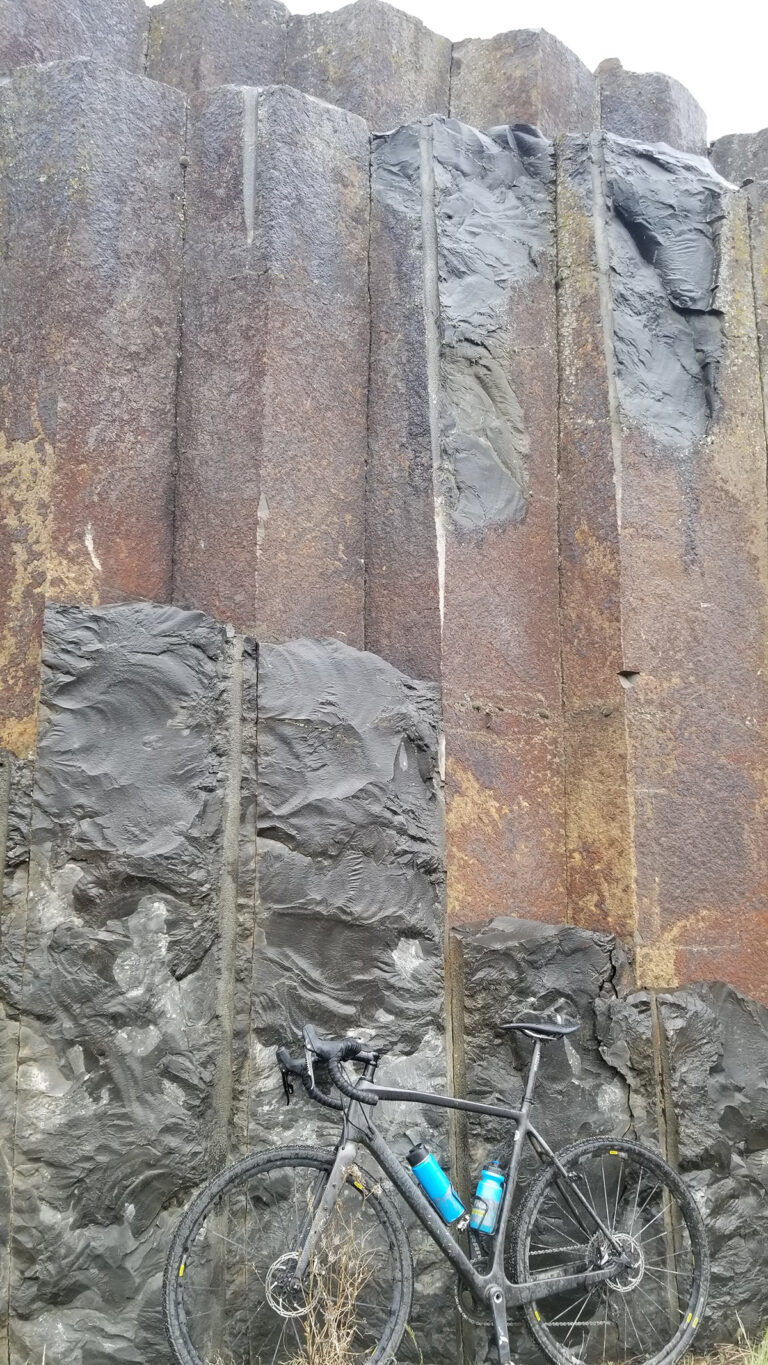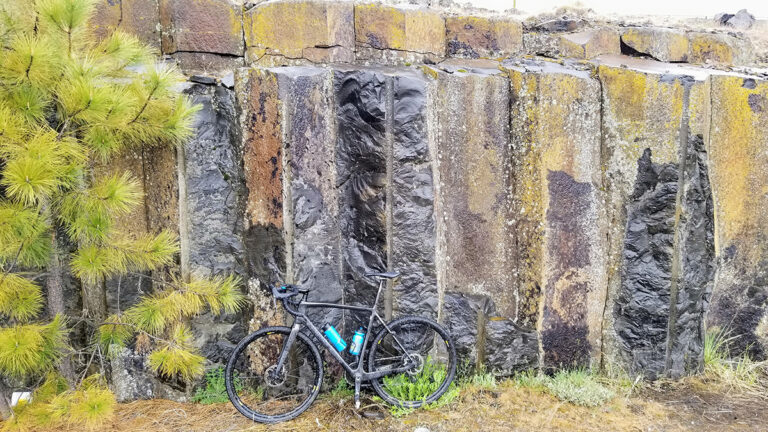I absolutely love living in a place with four distinct seasons, and I have a variety of sports to keep me active at any point in the year. But spring holds a special place in my heart, as it’s the time of the year when even the air seems softer and sweeter than usual. Temperatures that will have me reaching for a down jacket in July make me giddy in April. Sometimes I do crazy things like pull my shorts and tank tops out of storage, and go run around outside. Spring in the Inland Northwest is the best.
Spring Hiking Tips
Along with the joys of warmer weather and snow-free trails, spring hiking can bring some unique challenges. The main problem is balancing my love of single-track with the need to do-no-harm. Water, whether melt-off or rainfall, is the biggest enemy to trail health, and it can inundate trails from March to May. Some (although not all) of the erosion damage can be reduced by recreationists who choose to demonstrate a little restraint when it’s muddy. By restraint, I mean go elsewhere if it’s bad. There have been many spring “hikes” where I didn’t make it beyond the parking lot after I saw the trail condition. If it’s only a little muddy, by all means continue. Just be sure to stick to the main tread rather than trying to go around the mud holes, as that’s the sort of behavior that leads to damage. This situation proves puddle jumping is okay. If you hate to get your shoes muddy, spring is a good time to check out all of our local rail trails and paved pathways instead.
The most important thing to remember is the sun goes down too early in the spring, and when it sinks below the horizon, it gets cold in a hurry. It also pays to prepare for the other crazy things that happen with our local weather. I’ve been trapped in sudden downpours, sudden hail and lightening storms, and sudden spring snowstorms. These situations are manageable when you remember to pack enough layers, along with raingear. I’m embarrassed to admit I’ve also been stuck waiting out weird weather beneath picnic shelters or even pine trees.
Another hazard of early season hiking is that it takes time for local land managers and volunteer crews to address the downfall and other problems that hit our trails each winter. Early season conditions include difficult or even impassible trails. If you find extremely problematic conditions, politely report it to the land manager, and write a Washington Trails Association trip report online to alert the rest of the local hiking community. Then consider signing up with one of the local volunteer crews to help remedy the situation. Nothing provides insight into trail issues like spending a day addressing erosion in clay soil.

Five Favorite Spring Hikes
The benefits of spring hiking include a return to near-normal vitamin D levels, less grumpiness (true for me, at least), and a chance to forage like long-lost ancestors. Seeing spring is nice, but there’s nothing like tasting spring. Look up miner’s lettuce, then find some spot away from popular dog-walking trails. Train your eyes to spot morels among the winter duff. Spring hiking can be enjoyed with all the senses. Try these favorite spring hikes around the Inland Northwest if you’re itching to get out on the trail.
- Douglas Falls (Department of Natural Resources property near Colville)
Hike the nature trail and enjoy the spring runoff at the waterfall. Note that there may be winter damage that hasn’t been cleared yet, so hike with caution. There’s camping here, too. Did I mention it’s free?
- Stevens Creek trailhead to Big Rock (Spokane County Parks off the Palouse Highway)
The soil on this south-facing slope usually dries out early, the diversity of wildflowers is fantastic, and the views of the Palouse in spring are unparalleled from Big Rock. Who knew there were so many shades of green?
- Deep Creek Canyon (Riverside State Park—Discover Pass required)
Deep Creek contains a lot of rocky and sandy soil, which makes it a good choice for spring when other trails might be too muddy. There are several long loop options and shorter hikes.
- Columbia Plateau Trail (Managed by Washington State Parks—Discover Pass required)
Start at the Cheney Trailhead and continue west through portions of the Turnbull National Wildlife Refuge on this crushed rock rail trail. This is the place to be when the soft-surface trails are too wet and muddy. Bring binoculars to watch waterfowl in the seasonal wetlands.
- Whistler Canyon (Okanogan County, Wash.)
Unleash your early season mini thru-hiker on this section of the Pacific Northwest Trail that’s accessible in early spring. Lingering snow may prevent access to the highest reaches of the trail system here, but there’s a lot to explore on the lower portions. It’s also common to see the resident bighorn sheep. It can be a good day hike, but due to the distance from Spokane, I prefer to come for a short spring backpack trip. //












